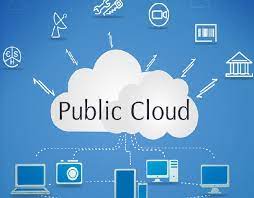Description
A private cloud is a distinctive and strategic approach to computing infrastructure. It offers organizations a dedicated and isolated computing environment that operates independently for their exclusive use. In contrast to public clouds, which multiple users share, a private cloud provides a highly controlled and secure platform designed to meet the specific needs of a single organization. This model combines the benefits of cloud computing with the enhanced security, control, and customization associated with on-premises infrastructure.





Segun –
Private Cloud has proven to be a reliable solution with minimal downtime. The dedicated nature of the environment ensures consistent performance, meeting the demands of our mission-critical applications. This reliability is crucial for maintaining uninterrupted business operations and customer satisfaction.
Suleman –
The ability to customize our Private Cloud environment to align with our specific business needs has been a significant advantage. Unlike public cloud solutions, a Private Cloud allows us to fine-tune resources, applications, and security protocols, providing a tailored infrastructure that perfectly suits our unique requirements.
Johnson –
The Private Cloud solution has provided our business with a heightened level of security and compliance. By hosting our infrastructure in a dedicated, isolated environment, we have greater control over access and can tailor security measures to meet specific compliance requirements. This has instilled confidence in our clients and stakeholders.